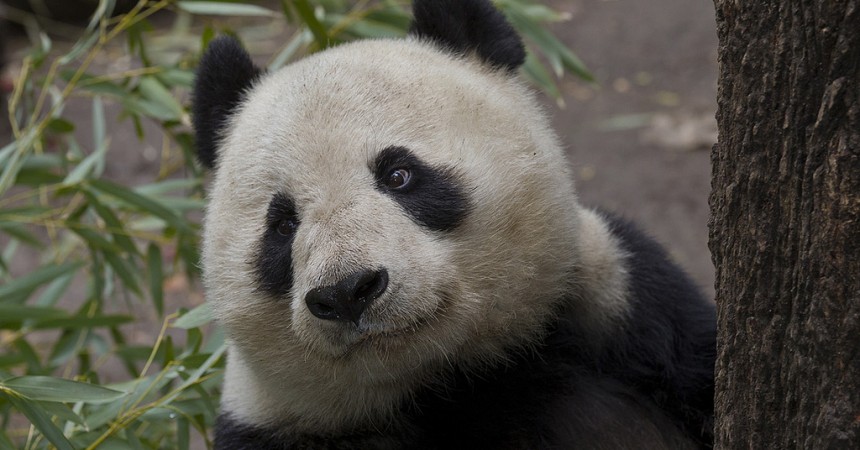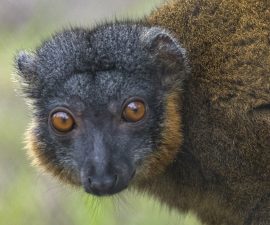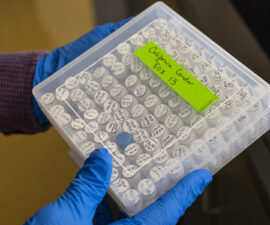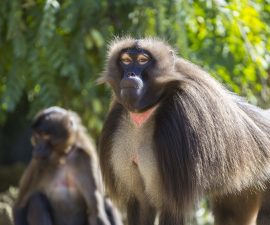Veterinarians, reproductive physiologists, and animal care staff filled an exam room at the San Diego Zoo’s animal hospital this morning. Everyone with a role to fulfill gathered for the artificial insemination procedure of Bai Yun, a 23-year-old giant panda.
Following two 30-minute natural breeding sessions on Tuesday that didn’t appear to animal care staff to be successful, as well as hormone testing that showed that Bai Yun had already ovulated, the animal care team knew they had a very short window of time to take advantage of her estrous cycle.
It was decided that sperm from the Frozen Zoo® would be thawed and used for an artificial insemination procedure on Wednesday morning. The sperm used is from giant panda, Shi Shi, who was the first breeding partner for Bai Yun. His sperm was used during an artificial insemination procedure with Bai Yun in 1999. That procedure produced the first cub born at the San Diego Zoo, a female named Hua Mei. In 2003 Shi Shi returned to China for his retirement years, and he died in 2008.
Scientists at the San Diego Zoo Institute for Conservation Research will run daily tests on Bai Yun’s urine following today’s artificial insemination and expect to know within a month if the panda has conceived. It could take up to three months to determine if a fertilized egg had implanted—thermal imaging will be used to determine implantation.
A panda’s fertilized egg remains suspended until a trigger in the environment indicates it is time to implant. The trigger is still not fully understood by scientists. Giant pandas routinely delay the implantation of the fetus as long as four months. After implantation, the fertilized egg begins to develop. Impending birth is predicted on the basis of behavioral, hormonal and anatomical changes documented by the Zoo’s scientists and researchers.
Female giant pandas only experience estrus once a year and it only lasts for 48 to 72 hours. The San Diego Zoo has a record of success with six cubs being born in San Diego since 1999. Giant pandas are considered to be endangered in the wild.
Bringing species back from the brink of extinction is the goal of San Diego Zoo Global. As a leader in conservation, the work of San Diego Zoo Global includes onsite wildlife conservation efforts (representing both plants and animals) at the San Diego Zoo, the San Diego Zoo Safari Park, and San Diego Zoo Institute for Conservation Research, as well as international field programs on six continents. The work of these entities is inspiring children through the San Diego Zoo Kids network, reaching out through the Internet and in children’s hospitals nationwide. The work of San Diego Zoo Global is made possible by the San Diego Zoo Global Wildlife Conservancy and is supported in part by the Foundation of San Diego Zoo Global.
CONTACT: SAN DIEGO ZOO GLOBAL PUBLIC RELATIONS, 619-685-3291





